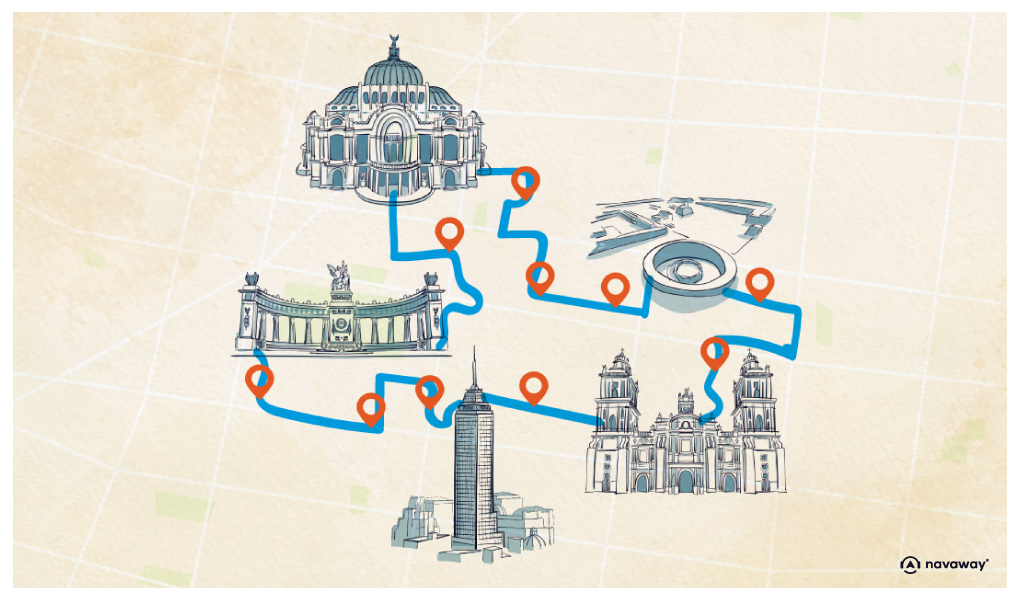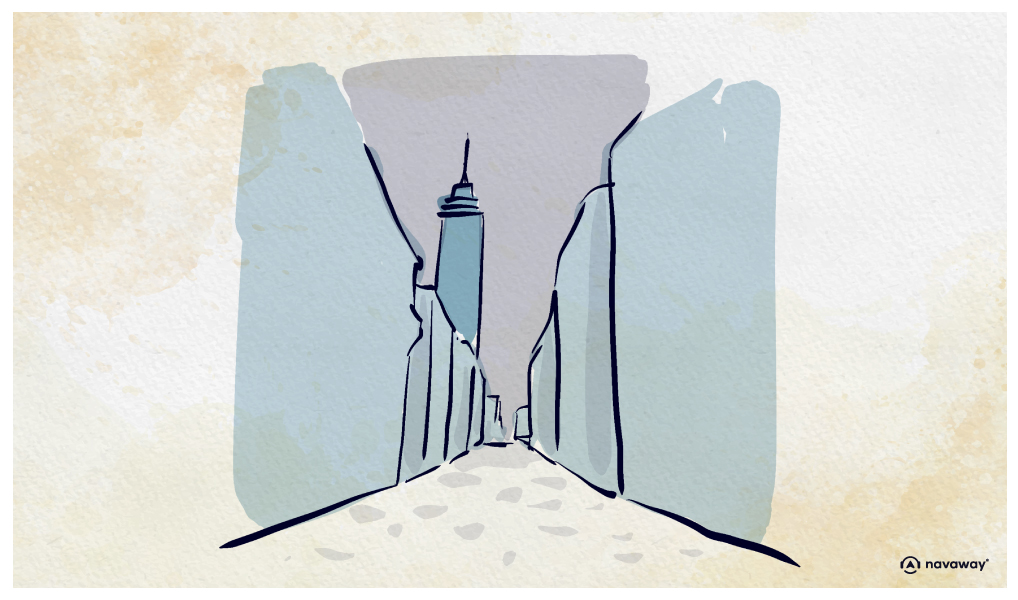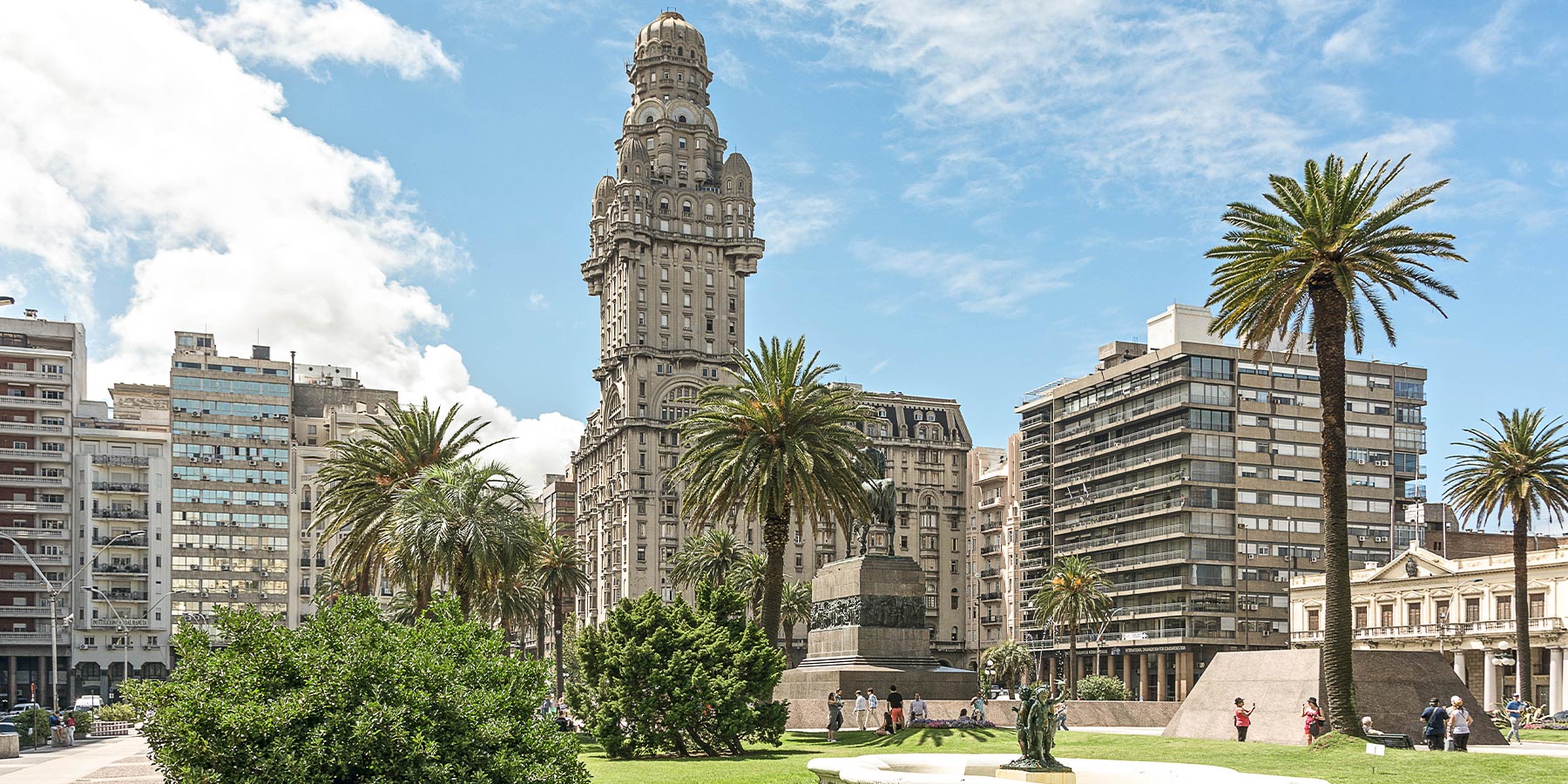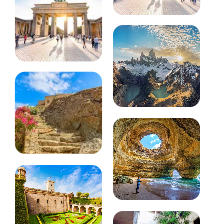
Calle Francisco I. Madero

This point of interest is available as audio on the tour: Visit Mexico, Retracing the steps of the Aztecs
You’re now walking along one of Mexico City’s most important streets—not only because it’s always been one of the capital’s busiest avenues, but also since it bears the name of a man forever linked to the country’s history: Francisco Madero, a president who once played a significant role in the Mexican Revolution, which began on the 20th of November 1910. The conflict broke out after 35 years of dictatorship under Porfirio Díaz, and it would rage on for over a decade until the drafting of a new constitution in 1917—though its acceptance was far from unanimous. Let’s talk about this dictatorship: Porfirio Diaz was elected president in 1876 after organizing a rebellion against the president in office, Sebastian Lerdo de Tejada. Since he could only serve one term at a time, he handed power to one of his friends four years later, only to be elected again in 1884. At this point, he created an amendment to remove term limits, allowing him to remain in power until 1910. While his regime was marked by rapid economic growth and modernization, it came at the expense of its population, who fell into increasingly extreme poverty over the years. He implemented various laws that allowed him to eliminate political opponents and greatly increased inequalities among citizens. In 1910, Díaz ran for office once again, but this time he faced a new challenger: Francisco I. Madero. Of course, Díaz had Madero imprisoned, but he managed to escape prison and flee to the United States. After Porfirio was elected once more, Madero organized an uprising and ignited the revolution. Historians still debate on the date marking the official end of the revolution—some say the establishment of the Constitution in 1917, others suggest the 1924 presidency of Plutarco Elías Calles, or even believe it is the assassination of President Álvaro Obregón in 1928. One thing is certain: the era of Díaz, known as the Porfiriato, caused many lives to be lost, and Madero is still remembered today as “the apostle of democracy” for his fight against dictatorship and inequality!


Discover Mexico with app
An interactive guide through the most beautiful streets, squares, and districts
24 fun audioguides full of historical facts, anecdotes, and legends





Comments